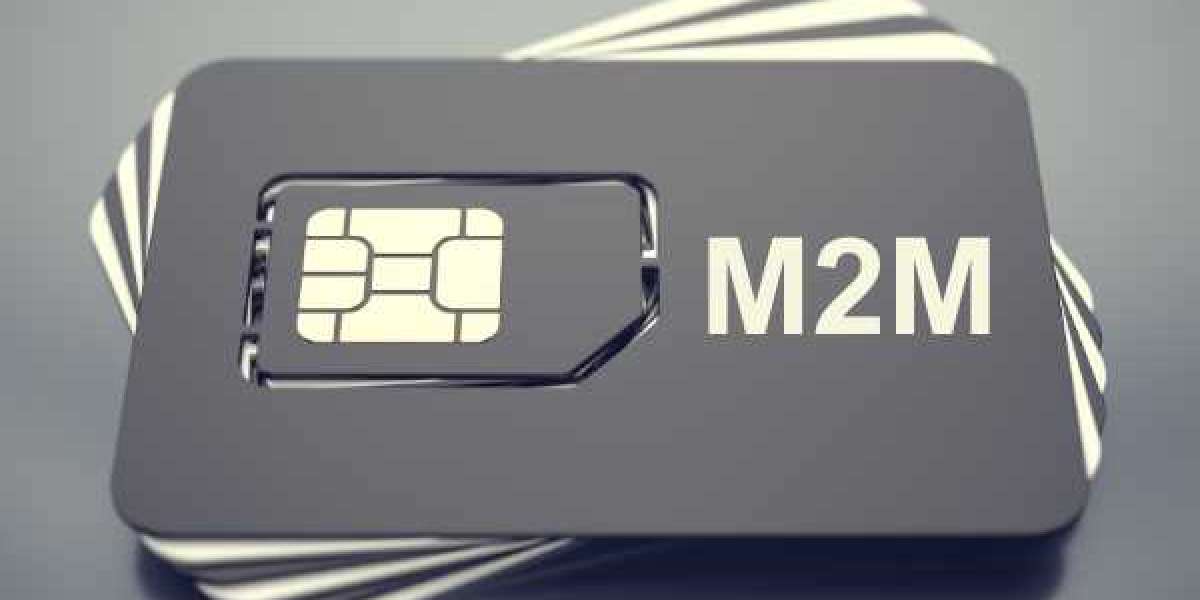Introduction
In emergency medical services (EMS), time is critical. Rapid access to patient data, real-time communication with hospitals, and coordinated responses are essential for saving lives. One of the key enablers for this is reliable data transmission technology, which ensures that paramedics and other first responders can send crucial information to healthcare facilities without delay. Emergency SIM cards have become instrumental in this process, enhancing connectivity in critical scenarios where other networks may fail.
The Role of Emergency SIM Cards
Emergency SIM cards, also referred to as specialized SIMs or priority SIMs, are designed to provide secure, high-speed data transmission with priority access to mobile networks. These SIMs are integrated into various EMS devices, allowing real-time transmission of critical information such as:
Vital signs and health metrics: Data from portable medical devices, like heart monitors or blood pressure sensors, can be sent directly to hospital emergency departments. This allows doctors to assess the patient's condition in real time and provide necessary instructions to paramedics.
GPS and location tracking: Real-time tracking of ambulances and emergency vehicles ensures that dispatchers can route them efficiently, reducing response times.
Patient data: Secure transmission of patient health records or medical history is possible, helping doctors make informed decisions before the patient arrives.
Live video streaming: In more critical cases, live video streams from the scene of the emergency can be sent to doctors for immediate consultation or instructions.
How Emergency SIM Cards Enable Real-Time Data Transmission
Emergency SIM cards typically operate on a multi-network basis, meaning they can access multiple mobile networks in any given area. This ensures that if one network is congested or unavailable, the SIM card can seamlessly switch to another available network, maintaining an uninterrupted flow of data.
Priority Access to Networks: In emergencies, network congestion can occur due to high usage. Emergency SIMs can prioritize their connection, ensuring that essential services, like ambulances and first responders, maintain connectivity even when networks are overloaded.
5G and IoT Integration: With the advent of 5G technology, emergency SIM cards can take advantage of ultra-low latency and high-speed connections, allowing more complex data (e.g., real-time HD video or large medical files) to be transmitted quickly. This also extends to the Internet of Things (IoT), where various connected devices (e.g., wearable health monitors) can communicate seamlessly with hospitals.
Benefits for Emergency Medical Services
Faster Diagnosis and Treatment: With real-time transmission of medical data, hospitals can begin diagnosis and prepare treatments even before the patient arrives. This is especially beneficial in stroke, heart attack, or trauma cases, where minutes can make the difference between life and death.
Improved Coordination: Emergency SIMs enhance coordination between field medics, dispatch centers, and hospitals, leading to smoother operations and better patient outcomes.
Secure and Reliable Communication: Emergency SIMs are built with security protocols to ensure that sensitive medical data is encrypted and transmitted safely, protecting patient privacy.
Better Resource Management: By providing accurate, real-time data on the patient’s condition and ambulance location, EMS can allocate resources more efficiently, ensuring that the right level of care is provided at the right time.
Challenges and Considerations
Cost: Deploying emergency SIM cards and the necessary infrastructure can be expensive. However, the benefits they provide in saving lives and improving patient outcomes may outweigh the initial costs.
Network Availability in Rural Areas: While emergency SIMs can switch between networks, rural areas with limited network coverage still pose a challenge. Investing in better mobile infrastructure or satellite-based systems might be necessary to extend coverage to these regions.
Conclusion
Real-time data transmission using emergency SIM cards is transforming emergency medical services by allowing faster, more efficient responses. The technology’s ability to provide priority network access, ensure reliable connectivity, and deliver critical patient data in real-time is helping to save lives and improve healthcare outcomes in emergencies. As 5G networks and IoT technologies advance, the capabilities of emergency SIMs will continue to expand, bringing new opportunities for innovation in EMS.








